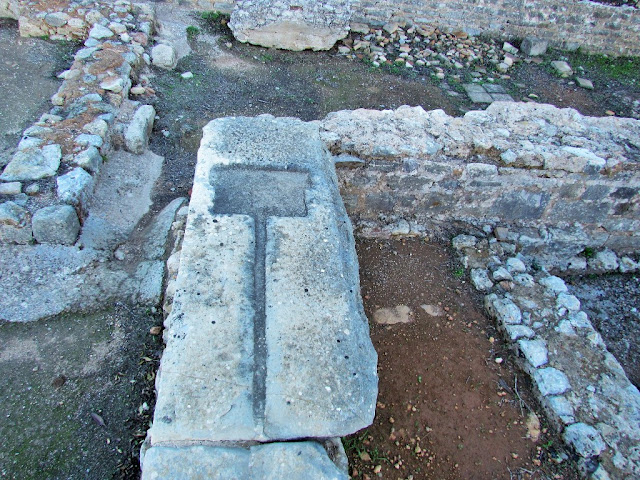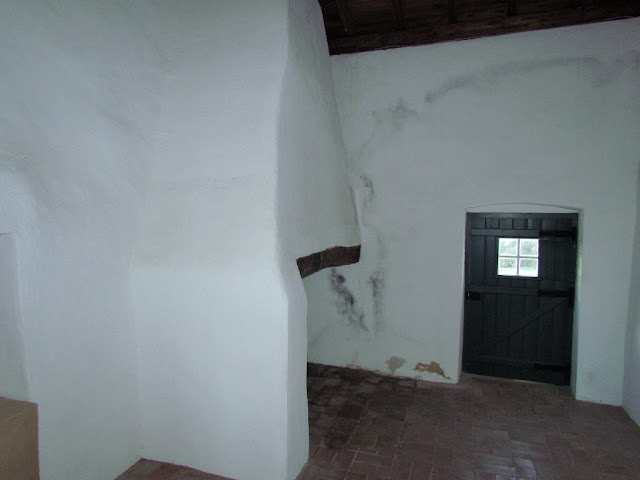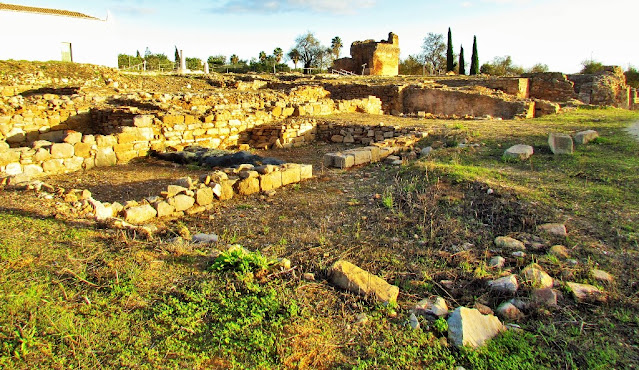ESTOI PALACE
37° 5' 47.79" N; 7° 53' 44.05" W
The Estoi Palace, is a historic complex located near the town of Estói, in the municipality of Faro, in the Algarve region, in Portugal. Considered one of the main monuments in the Algarve, it stands out due to its richness, both architectural and decorative, combining elements of Baroque, Rococo, Neoclassical, and Romantic styles. The building houses a hotel establishment, Pousada Palácio Estói.
The Estói Palace complex is located next to the village of the same name, with access through the streets of Horta Nova and São José, the latter being the main entrance to the palace. The archaeological site of the Roman ruins of Milreu is located close to the palace.
The building is surrounded by a set of gardens with ponds and fountains, which develop on three levels, joined by double staircases, with opposite stretches. They are decorated with busts, statues, tile panels, and other elements, highlighting an 18th-century Portuguese school crib. The sculpture As Três Garças is a copy of the works of Antonio Canova. The dominant style of the gardens is Baroque, with statues and mural decoration following 19th-century patterns.
The gardens are developed in three planes, making use of communicating staircases and opposite lanes and other architectural elements that still remind the gardens of the 17th century, with orange and palm trees, which are in keeping with its cheerful rococo style. The lower terrace features a pavilion and blue and white tiles, Casa da Cascata, inside which is a copy of Canova's Three Graces. On the upper terrace, the Patamar da Casa do Presépio, has a large pavilion with stained glass windows, fountains decorated with nymphs, and niches in tiles.
The palace was integrated as one of the Small Luxury Hotels of the World, an international chain of luxury hotels. The south garden of the Palace of Estoi was delivered to the municipality.
NEW PHOTOS TAKEN IN 2023
💓💓💓💓💓
ESTOI
N 37º 05' 44''; W 7º 53' 35''
Patrimony:
To the west and still, in the vicinity of the small town of Estói, the Roman ruins of Milreu are located, which offers us a rare opportunity to see how the Romans lived between the 1st and 4th centuries AD. These ruins reveal the characteristics of a town formation in the peristyle, with about 22 columns around an open courtyard with a garden and its water tank. This village was decorated with mosaics, namely the source of the peristyle, with figures representing the marine fauna. Excavations brought to light an extensive complex built in the 3rd century AD, which consists of a manor house, agricultural facilities, a spa, and a temple.
Estoi Palace or Casa de Estoi with its gardens, fountains, and statuary. (Noble property restructured at the end of the 19th century and which is the best example of its kind in the district of Faro) The Palácio de Estói is a palace that follows the Rococo style. Famous for its gardens and tile murals. The Palace was built at the end of the 19th century and is the best example of this architectural style in the district of Faro.
In the center of the city, the neoclassical Igreja Matriz de Estói is located. Its original constructions date back to the 15th century, but it was significantly damaged by the earthquake that occurred in 1755. Subsequently, it was restored, thus becoming a neoclassical building in the 19th century.
NEW PHOTOS TAKEN IN 2023
Estoi Mother Church
37° 05' 39" N 7° 53' 42" W
The Main Church of Estoi, also known as the Church of São Martinho de Estoi, is a religious building located in Estoi, in the current Parish of Conceição and Estoi of the Municipality of Faro, in the District of Faro, in Portugal.
History
The Estoi Mother Church was formed from the Hermitage of São Martinho, of medieval origin, which underwent major expansion works when the parish headquarters were located here; according to the form of the First Renaissance, the works were practically completed in 1554. After its modification, this temple now has three naves and four bays, without a transept, presenting a single wooden roof for all the naves, while that the headboard was composed only of ousia. The church was damaged in the 1755 earthquake, and was repaired a few years later. However, the building underwent reconstruction work at the beginning of the 19th century, on the initiative of D. Francisco Gomes de Avelar, Bishop of the Algarve, and with the guidance of the Italian architect Francisco Xavier Fabri. The new building maintained the features of the old church in most of the building, and a new facade was built, in neoclassical style.
Description
This church contains a pulpit made of local marble, a gilded silver monstrance from the 17th century, and several sacred statues from the 17th to 19th centuries. Attached to the church is a bell tower
👇👇👇
💓💓💓💓💓
ROMAN RUINS OF MILRÉU
N 37° 5′ 42″ ; W 7° 54′ 14″
The Roman Ruins of Milreu are the remains of an important Roman villa Rustica located in the civil parish of Estói in the municipality of Faro. The Milreu ruins constitute the most prominent and well-preserved evidence of the Roman presence in the Algarve and are mainly composed of the remains of a once luxurious villa with annexed thermae and several surrounding buildings, including a temple, mausoleum, and industrial and commercial structures.
💓💓💓💓💓
SEARCH IN ALPHABETICAL ORDER
IN THE DISTRICT OF FARO
💓💓💓💓💓
Return to mainland Portugal &
the Azores and Madeira islands






























































































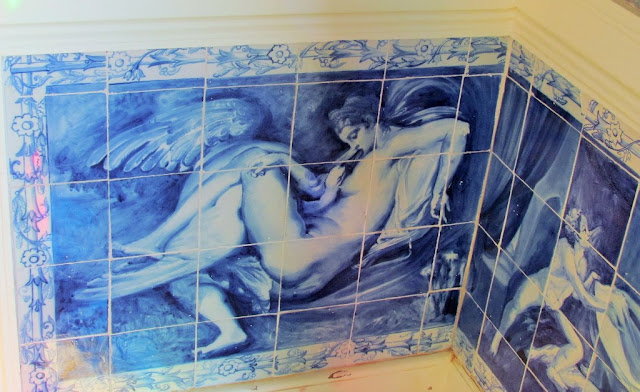
































































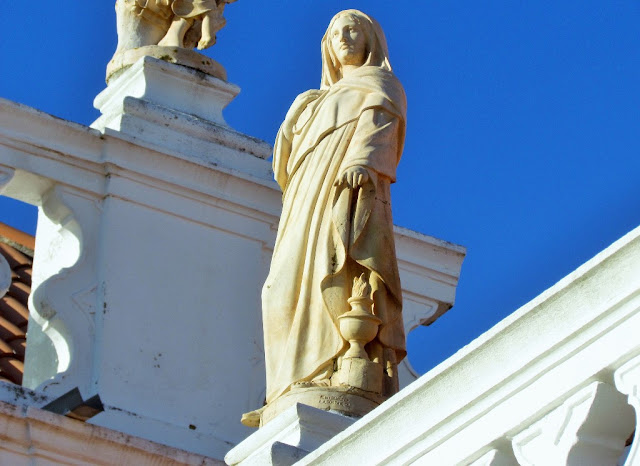




.JPG)



































































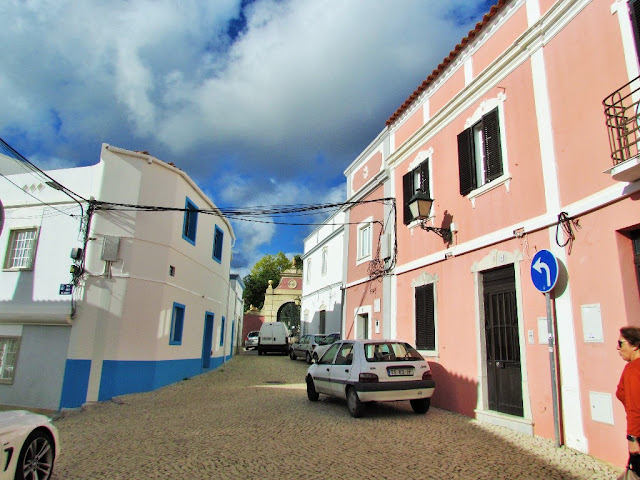

































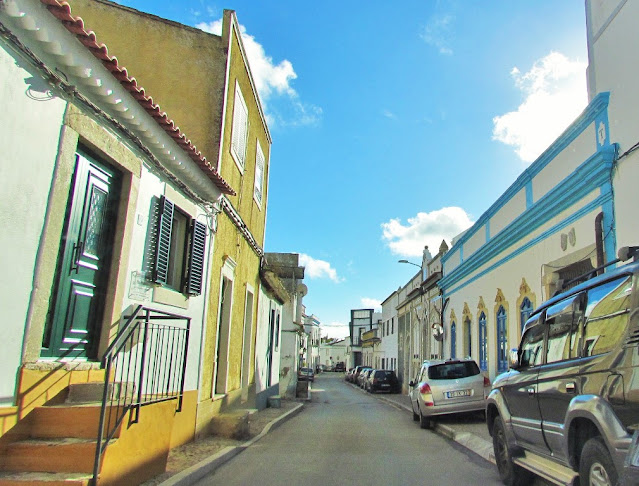


.JPG)




























































































